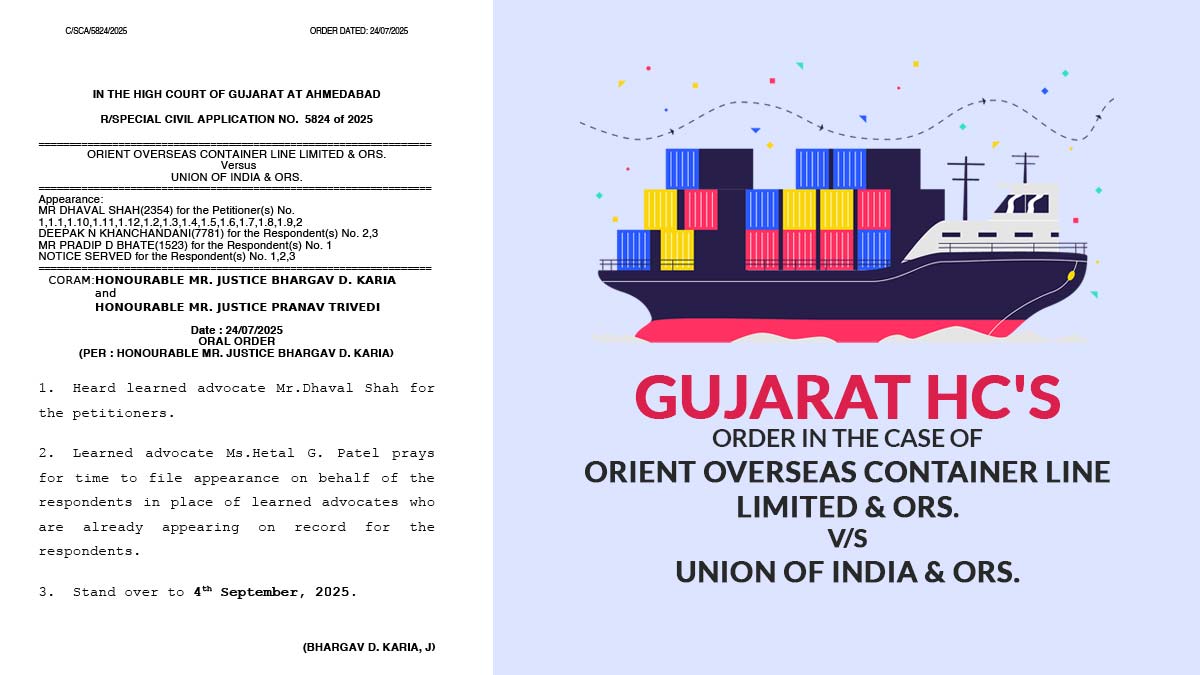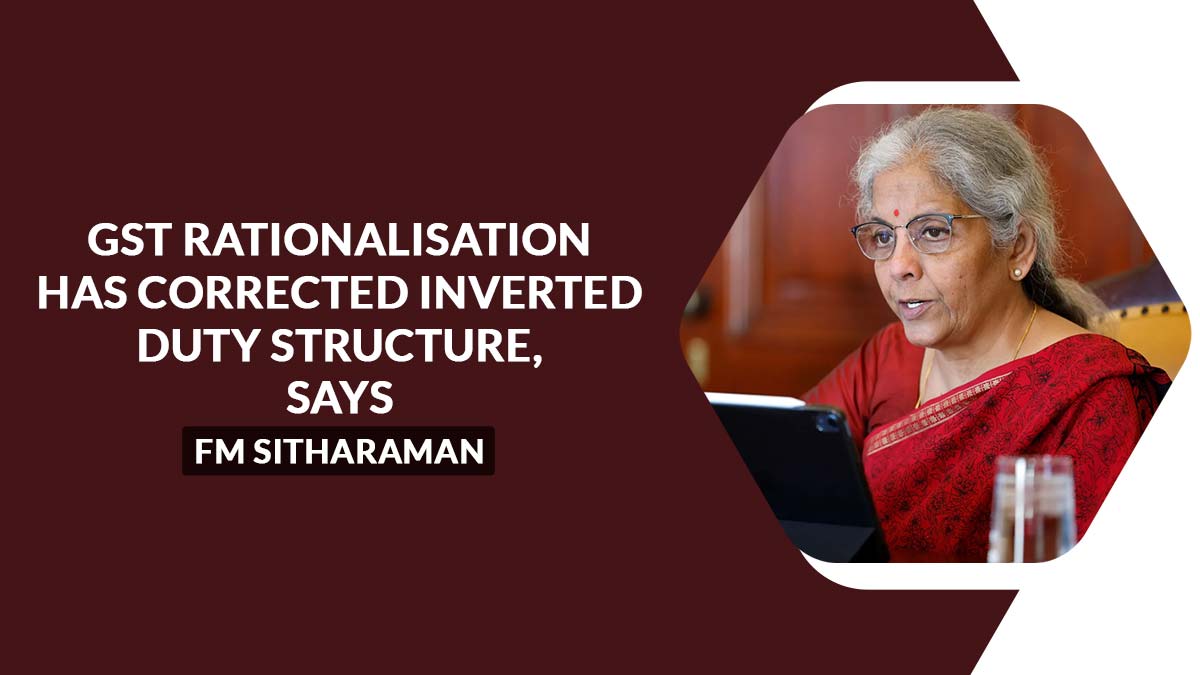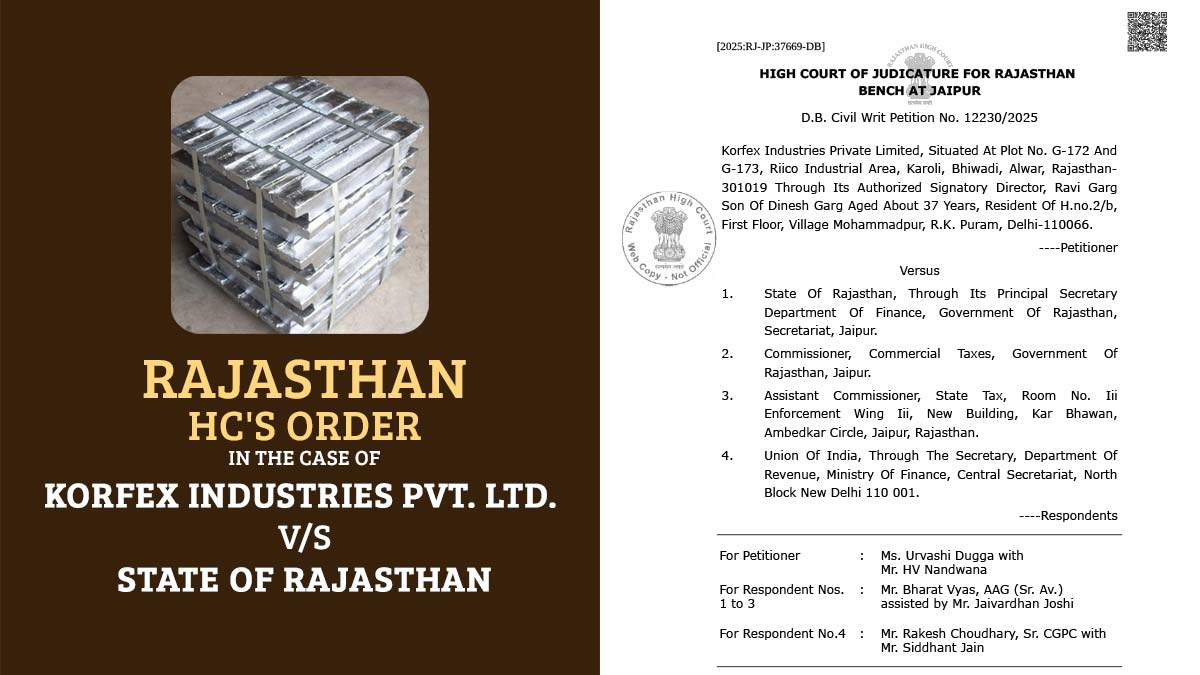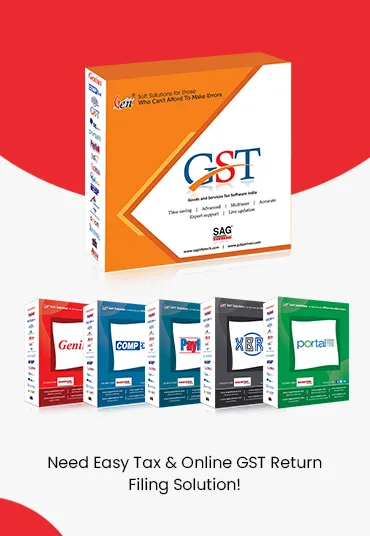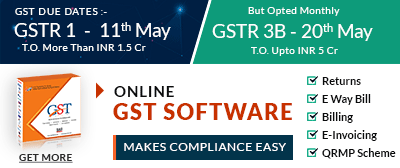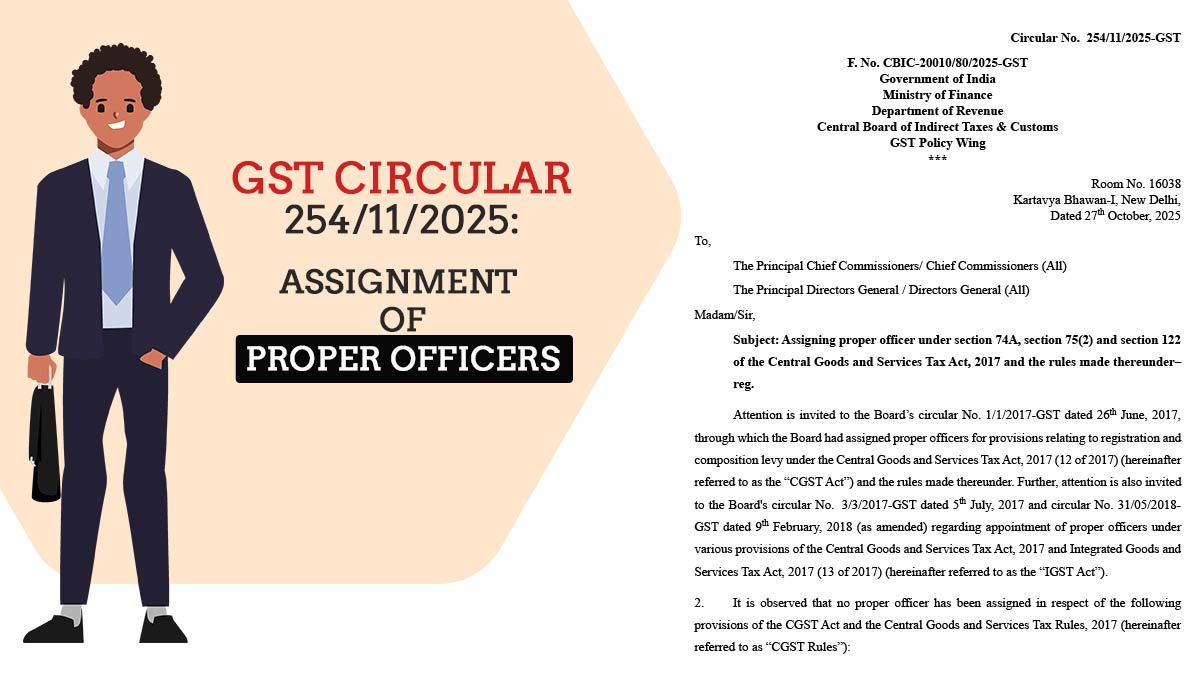
The Central Board of Indirect Taxes & Customs (CBIC), via Circular No. 254/11/2025‑GST, dated 27 October 2025, has issued fresh guidelines regarding the assignment of proper officers under Sections 74A, 75(2) and 122 of the Central Goods and Services Tax Act, 2017 (CGST Act) and the CGST Rules.
Key Highlights of Circular No. 254/11/2025-GST
- The circular notes that proper officers had not been formally assigned for:
- Section 74A (determination of tax not paid/short-paid or erroneously refunded or input tax credit wrongly availed) for FY 2024-25 onwards.
- Section 75(2) (where the appellate authority finds a notice under Section 74(1) is unsustainable).
- Section 122 (penalties for offences under CGST Act) and Rule 142(1A) of CGST Rules (communication before show-cause notice).
- The Board has assigned functions to various officers in Table-I of the GST circular: Additional/Joint Commissioner, Deputy/Assistant Commissioner, Superintendent, as proper officers for the above provisions.
- Monetary limits have been prescribed in Table-II (for Section 74A) and Table-III (for Section 122) to determine which officer will handle issuance of show cause notices or orders based on the amount of tax/penalty involved.
Implications for Taxpayers and Compliance Teams
This circular brings in more clarity on jurisdictional matters within GST enforcement. With specified monetary thresholds and prescribed officer levels, taxpayers, auditors, and compliance teams now have clearer guidance on who will handle notices under these key sections. Implementation may also help streamline the show-cause notice process and reduce ambiguity over officer competency.
What to Watch
- Organisations should check the monetary thresholds relevant to their cases and verify if notices issued to them align with the designated officer’s level.
- Compliance teams must keep updated with any trade notices issued by jurisdictions (as the circular requests).
- Larger demands (above crore-rupee levels) will now clearly fall under Additional/Joint Commissioner competence, reducing scope for jurisdictional disputes.
Conclusion
By formally allocating officers and defining limits for their jurisdiction under Sections 74A, 75(2), and 122 of the CGST Act, the CBIC aims to strengthen clarity and efficiency in GST enforcement. Going forward, businesses should align their compliance frameworks accordingly and monitor any show-cause proceedings in light of these clarified assignments.




